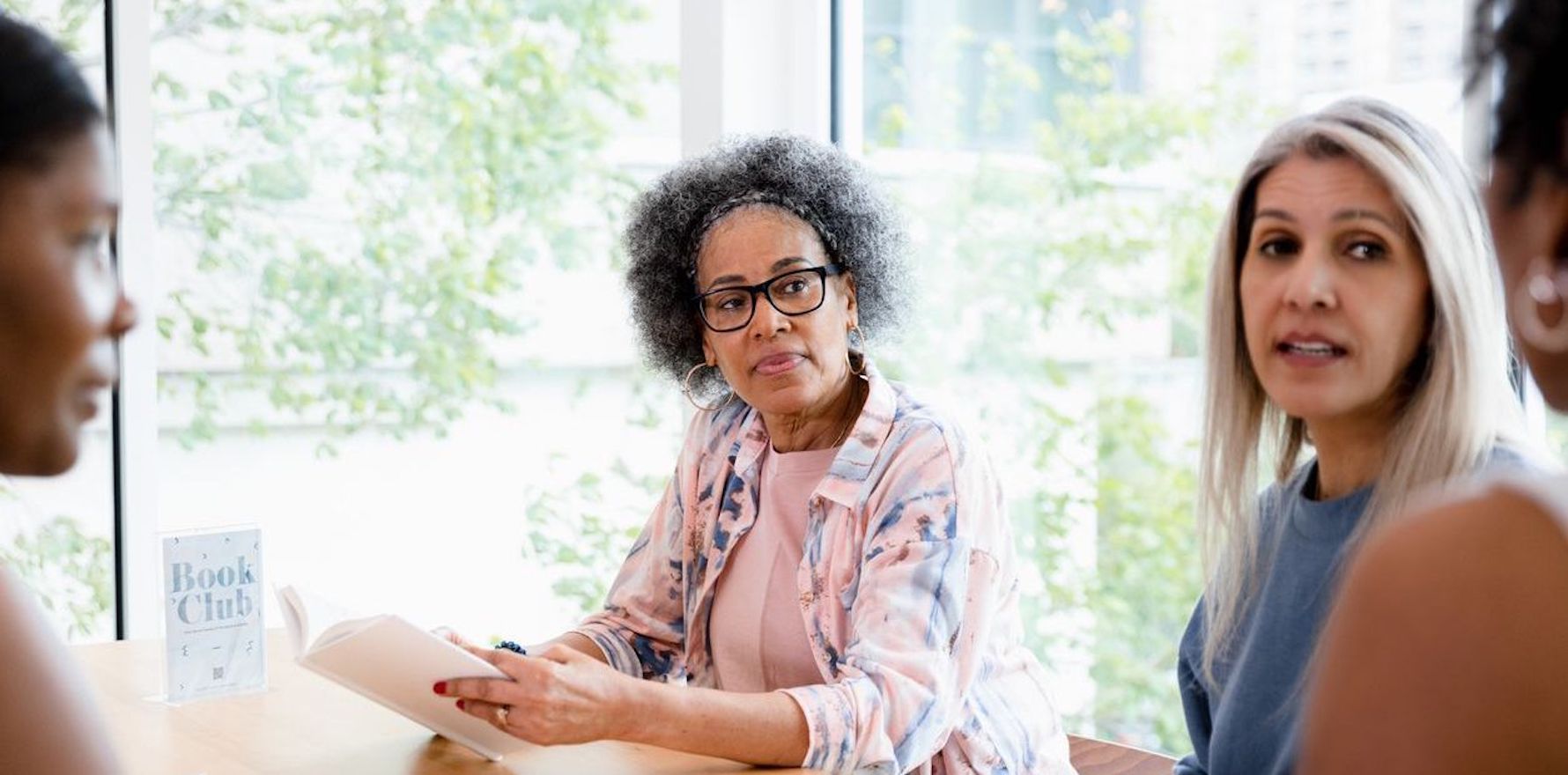Peak bodies have a plan to fix it, and politicians have responded positively, but who will actually step up and fund it?
Women need access to genomic profiling now, because by the time the National Framework for Genomics in Cancer Control is implemented, more than 12,000 will have died from gynaecological cancer, says ANZGOG.
That’s why it’s a big part of the plan that the Australian New Zealand Gynaecological Oncology Group has put together in partnership with people with lived experience, researchers, and the organisations Ovarian Cancer Australia (OCA), Ovarian Cancer Research Foundation (OCRF), and Omico.
And they want $100 million over four years to make it happen.
“We are encouraged by the positive discussions we have had across all political parties and the growing recognition that research into gynaecological cancers is underfunded and must be a national priority,” ANZGOG CEO Alison Evans told HSD.
“While we are yet to see a formal commitment by either major party for a $100 million investment outlined in the Gynaecological Cancer Transformation Initiative Business Case, we have had interest and support in the program design from the Department of Health and Aged Care.”
The Gynaecological Cancer Transformation Initiative sets out a step-by-step program for research, diagnosis, treatment and care pathways, including access to genomic profiling.
See the latest Election 2025 news all on one page, here
It was put out in February, along with what ANZGOG chair Professor Clare Scott AM called “a very sobering document”.
“I have never read anything that recapitulates the last decade of my life like this does,” Professor Scott said in the forward.
“I am crying on the inside, and I can only imagine how families of women feel reading this. It doesn’t bear thinking about, except that we must.”
Gynaecological cancers are among the least funded, according to Cancer Australia data. While the individual subtypes are rare, as a group they are currently the third most common subset of cancers affecting women in Australia.
The main types are ovarian, uterine (endometrial), vulval, vaginal and cervical. Placental cancer is also part of this group.
The lack of funding really shows, the joint report said.
Related
Ovarian cancer survival rates (49%) haven’t improved since 1975, with two-thirds of cases discovered at a late stage and having a survival outcome of only 29%.
Nineteen women are diagnosed every day. That’s 86,000 in the next decade, more than 28,500 of whom will likely die from their disease.
“The survival rates for gynaecological cancers have barely changed in decades. That fact alone should be a wake-up call. We know that the answers are there – they lie in research and in better understanding of women’s bodies and women’s pain. To reveal them we need appropriate and proportionate investment,” said Robin Penty, OCRF’s chief executive officer.
For comparison, between 2003 and 2020, breast cancer received $442 million in research funding, bowel $191 million, prostate $185 million, melanoma $176 million, brain $112 million, and lung $93 million.
Ovarian cancer got $94 million, cervical cancer $20 million, uterine cancer $18 million and other gynaecological cancers $5 million.
“These devastating outcomes are the result of decades of underinvestment in research, the deprioritisation and dismissal of women leading to late diagnosis, barriers to adoption of life-saving comprehensive molecular profiling and precision medicine approaches, unacceptable inequities in health outcomes and unacceptable gaps in patient support,” the report said.
Nine out of 10 women diagnosed today will not get access to the molecular profiling and precision medicine that has been so successful for others, such as children in the Zero Children’s Cancer Program. The program is available to every child in Australia who is diagnosed with cancer and has so far doubled the rates of two-year progression-free-survival compared to standard therapy.
Women are missing out because of a lack of established guidelines, clinician knowledge in interpreting genomic data, reimbursement, and resources and systems, especially outside metro areas, the report said.
Every organisation involved in the plan has a job to do.
ANZGOG will act as a lynch pin for making molecular profiling the standard of care for advanced and rare gynaecological cancers, through its network of clinical, allied health, and research members, as well as the consumer community.
Omico will provide the molecular profiling capability and the Australian Rare Cancers Portal to deliver expert clinical advice to specialists handling complex rare cancers who need assistance.
The National Gynae-Oncology Registry (NGOR) will track progress.
And the Ovarian Cancer Research Foundation (OCRF) will lead the development of a virtual biobank and the use of data analytics to direct research priorities, including into early diagnosis.
Awareness of and support for ovarian cancer has risen, but women with other types of gynaecological cancers feel very isolated, said ANZCOG. This initiative would allow them to access the support service model run by Ovarian Cancer Australia, which includes a helpline, Psychosocial Support Services, and the Teal Nurse Support Program.
The business case for the initiative outlined four options – do nothing; do the minimum (with a targeted strategy for only ovarian cancer); a targeted strategy for advanced, rare or recurrent cancers; and a national access strategy for all women.
Option three provided the best cost-benefit case, the report said. It focussed on improving outcomes for those with the poorest-outcome cancers. And it would cost $100.7 million in absolute terms, or $85.1 million in net present value, delivering over $5 of benefit for every dollar invested – a benefit cost ratio of 4.1-5.8.
Over the next 10 years, up to 686 fewer women would die and an additional 625 women would receive support. The long-term effects of research would be far reaching, through early detection and prevention. More clinical trials would be conducted here and access would be greatly improved for underserved populations.
“The Initiative will be the implementation partner of government to realise the vision and priorities of the Australian Cancer Plan, the Women’s Health Strategy, the National Framework for Genomics in Cancer Control and the Australian Government’s Medical Research and Innovation Priorities in gynaecological cancers,” the report said.
It would lift survival rates above 50%, delivering on government objectives for the Low Survival Cancer Research Mission and Australian Innovation and Research Priorities, it said.
“ANZGOG and its many collaborative partners are ready to work with the Government to deliver this exemplar program in cancer research, treatment and care, that will save women’s lives,” Ms Evans told HSD.




